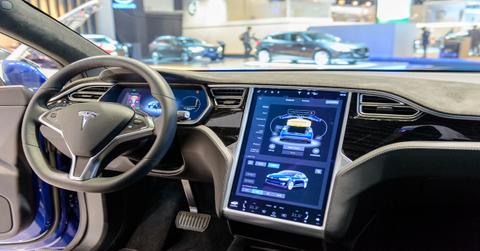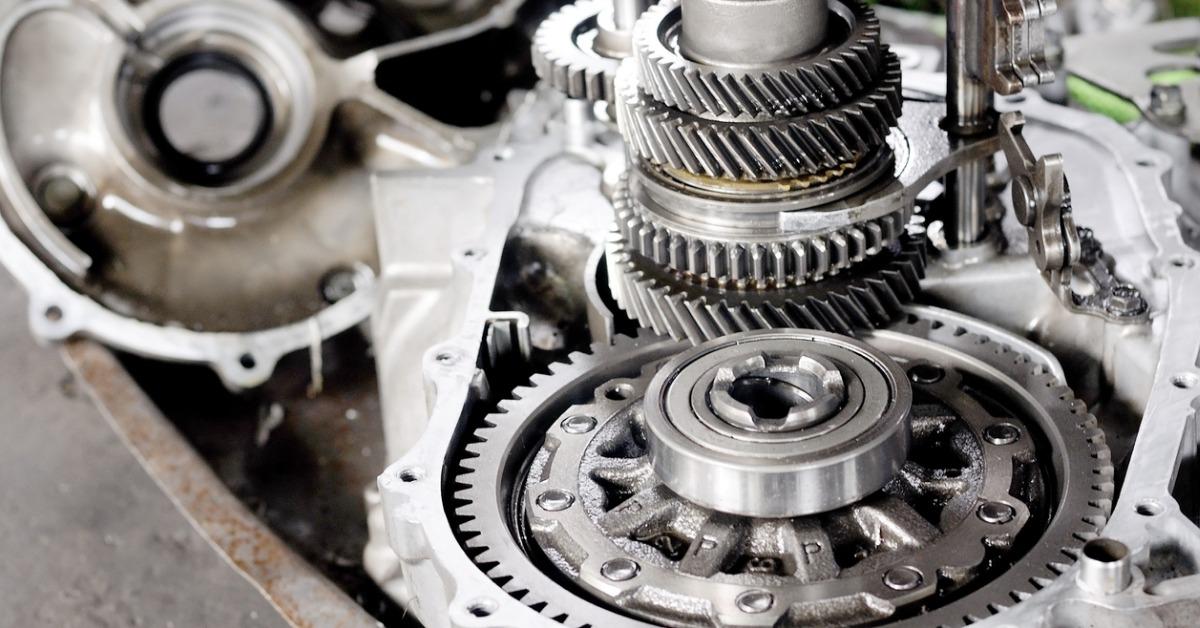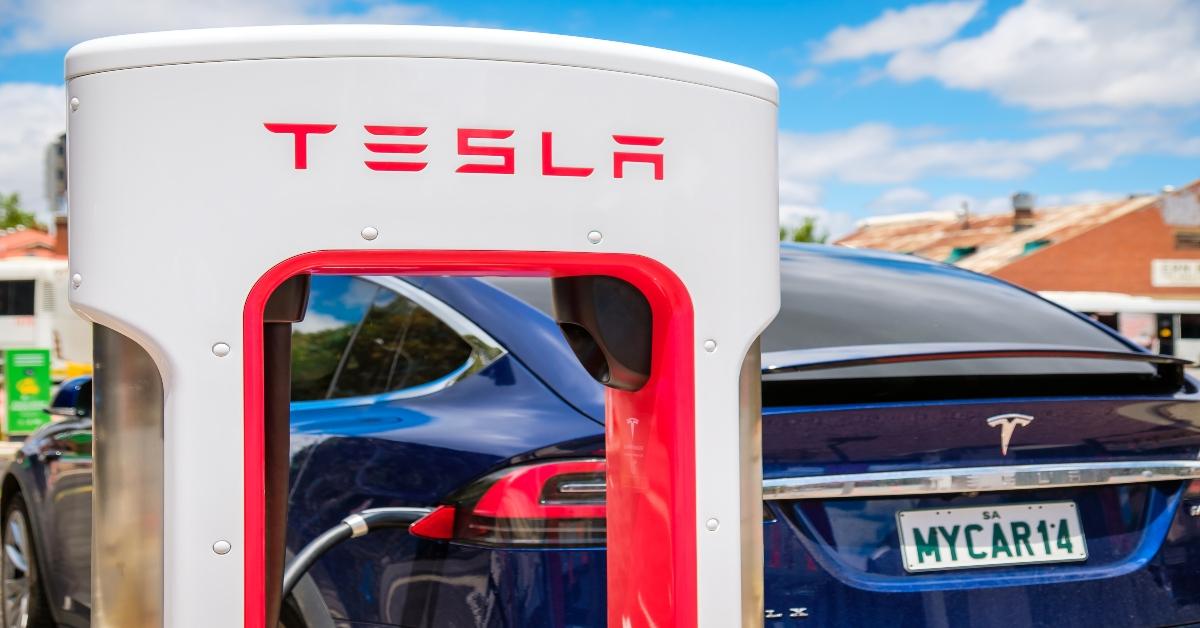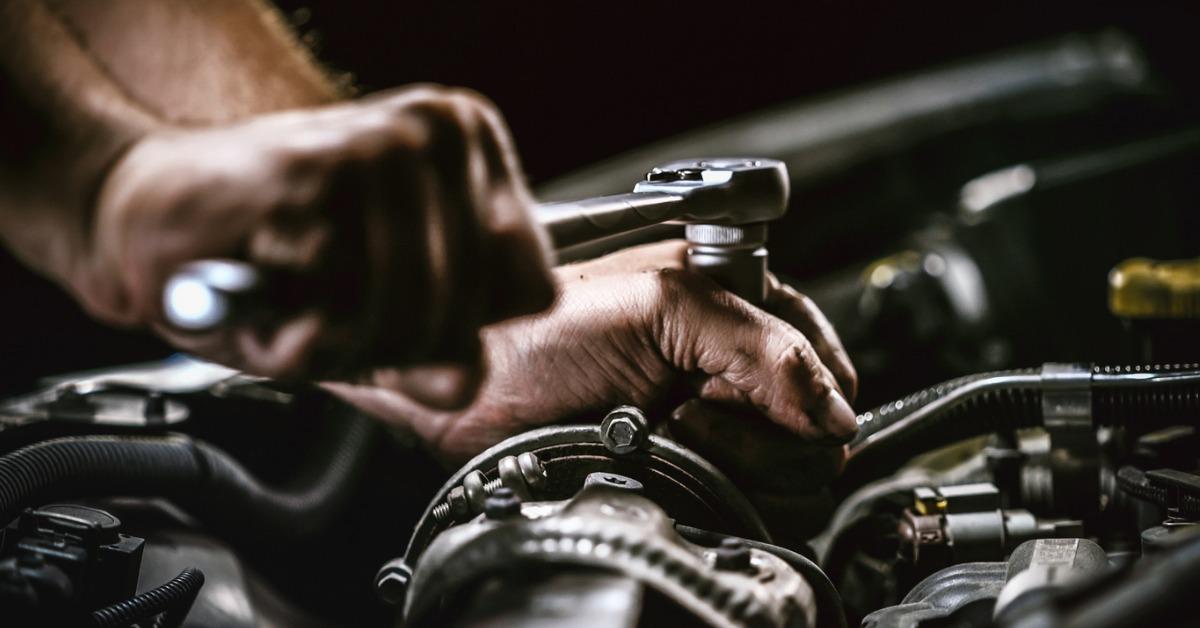Do Teslas Have Transmissions? Here's How They Work
Published Jan. 1 2021, 12:00 p.m. ET

As difficult as it is to believe, electric cars have existed since the mid-19th century. Back then, these pre-Model Ts were little more than dangerous wind-up carriages, though a lot has changed since then. Today's electric cars are some of the most advanced vehicles on the planet, they’re good for the environment, and many are considered a luxury. One of the leading electric car companies in the world, Tesla, is owned Elon Musk.
Tesla is currently the biggest name in electric cars, and though other manufacturers offer commercially available options, none of them seem to hold a candle to the Fremont, California-based manufacturer. There are several reasons for this, but the most important among them is what Tesla cars are lacking under the hood.

How do electric cars run?
Electric cars function using an electric motor, though not all electric vehicles run on pure electricity. There are actually several types of electric cars — some run purely on electric power when they are plugged into a charge, while others run on a hybrid mix of electricity and diesel, or gasoline.
Plug-in electric cars only run on electricity, and don’t need any gasoline at all. Of all the cars on this list, these obviously produce the least emissions. These charging cars work using rechargeable batteries within the electric motor, giving electric cars better acceleration than traditional fuel engines.
Plug-in hybrid and hybrid-electric cars both run on a combination of traditional fuel and electricity. The latter of the two uses more gas than the other and has a rechargeable battery as backup. Unlike plug-in hybrids, which can be plugged in and recharged, hybrid-electric cars are recharged through something called regenerative breaking. These models also allow drivers to switch between the fuel engine and electric engine at the touch of a button.

What is in an electric engine?
Electric engines have 90 percent less moving parts than traditional Internal Combustion Engines. The parts they do have include:
- An electric motor that provides power to rotate the wheels which are most often Alternating Current (AC) motors
- An inverter that converts direct current into the more powerful and manageable, alternating currents
- A drivetrain including a single-speed transmission to send power from the motor to the wheels
- Batteries to store the required electricity
- A plug so electricity can pass into the batteries.

Do Teslas have transmissions?
No, Teslas do not have a traditional transmission.
Teslas utilize electric motors with only about 17 moving parts, compared to a conventional internal combustion engine, which has around 200. Teslas have a single-speed “transmission” of sorts that doesn't have gears to turn, as opposed to a traditional motor vehicle, which has multiple gears and speeds, which are connected by an engine crankshaft.
Part of the reason that Tesla vehicles do not have any transmissions lies in the fact that internal combustion engines cannot run below a particular speed, while Teslas and other electric vehicles don’t have that caveat. This is why you often hear a hybrid or electric motor slow to a hum when the car is idling or cruising at a very slow speed.

What makes Teslas different?
Teslas are different from other electric car manufacturers because they're both fun to drive and friendly to the environment. It is in those positive environmental intentions where the company's technology often surpasses the competition. However, all of Tesla's technological advancements and luxury details obviously impact the bottom line.
Elon Musk didn’t become a billionaire by accident, and Teslas have always been notoriously expensive. Nevertheless, many of the brand's fans understand the reasons behind the pricing and are more than willing to pay if it means getting a better, more eco-friendly product.
This article, originally published on Jan. 1, 2021, has been updated.